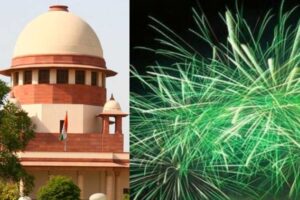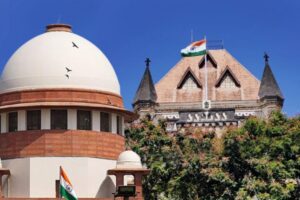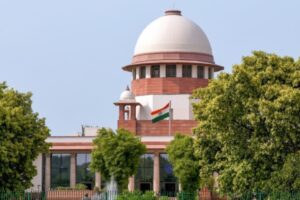
The Supreme Court on Friday declined to entertain a public interest litigation seeking a ban on children under the age of 13 from using social media platforms.
The court observed that the issue falls within the domain of government policy and cannot be addressed through judicial directions.
A bench of Justices B R Gavai and Augustine George Masih heard the plea and refused to issue any orders but granted liberty to the petitioner to make a formal representation to the relevant government authority, such as the Ministry of Electronics and Information Technology.
Petition Cites Harmful
The plea was filed citing growing concerns over the physical, mental, and emotional toll social media can have on young children. It argued that platforms like Instagram, Facebook, and YouTube expose children to age-inappropriate content, online bullying, and addictive behavior that may severely affect their development and mental well-being.
The petitioner sought directions to implement strict and verifiable age limits for access to social media, proposing the use of robust age verification technologies such as biometric authentication to prevent children under 13 from accessing these platforms.
While acknowledging the concerns raised, the Supreme Court made it clear that regulating digital access and enforcing age restrictions is a policy matter, and thus, it is for the legislature or executive branches of the government to decide, not the judiciary.
“This is not something for us to decide. The petitioner is at liberty to approach the appropriate authority with a detailed representation,” the bench said.
Court Decision
The court’s decision effectively shifts the responsibility to the central government, which may now be urged to consider tightening online safety regulations for children, especially in light of rising concerns over digital addiction and mental health.
This move highlights a growing need for stronger legal and technological frameworks to regulate minors’ access to social media. Countries around the world are grappling with similar challenges, and the matter may eventually push Indian lawmakers to consider age verification mandates, parental controls, or platform accountability measures.
For now, the onus lies on government bodies and digital regulators to evaluate the suggestions made and determine whether new rules or amendments are needed to protect children in India’s increasingly digital environment.
Read More: Supreme Court, Delhi High Court, States High Court, International




